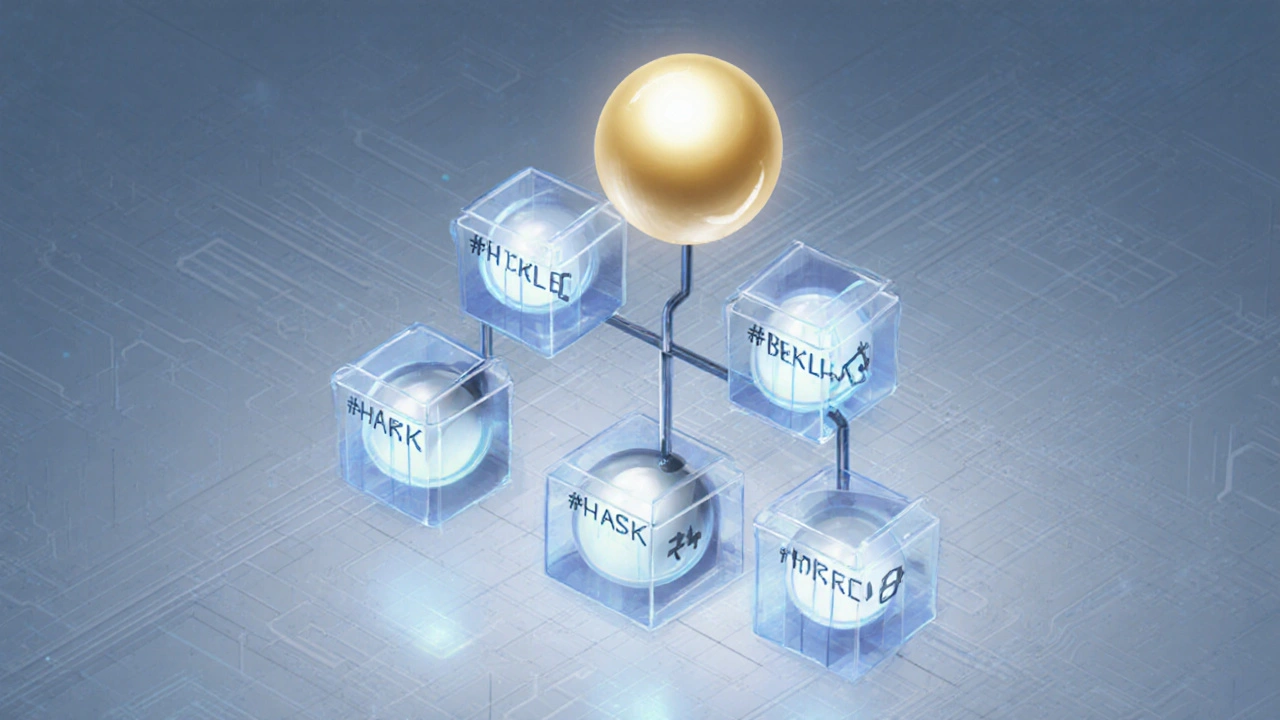Blockchain Verification: Building Trust in Crypto
When working with blockchain verification, the process of confirming that data on a distributed ledger is accurate, immutable, and tamper‑proof. Also known as crypto validation, it forms the backbone of trust in any digital asset system.
One of the most common ways verification shows up is through cross‑chain bridges, tools that move assets between separate blockchains while preserving security. These bridges need strong verification to avoid double‑spending or lost funds. Another hot topic is meme coins, community‑driven tokens that often push verification limits because of rapid hype cycles. Both examples illustrate how verification underpins every transaction, whether it’s a simple token swap or a viral meme‑driven rally.
Why does this matter for everyday users? Because blockchain verification determines whether your crypto stays safe or gets exposed to fraud. If verification fails, a cross‑chain bridge can leak assets, and meme coin markets can crash without warning. Reliable verification also supports broader concepts like crypto security and decentralized finance, where trust‑less protocols replace traditional intermediaries. In short, solid verification is the safety net that lets anyone trade, invest, or build on a blockchain without a bank’s oversight.
Key Concepts in Blockchain Verification
Verification isn’t a single step; it includes several layers. First, nodes reach consensus through algorithms such as Proof‑of‑Work or Proof‑of‑Stake, which confirm each block’s legitimacy. Second, cryptographic hashing ensures that any change to past data breaks the chain’s integrity. Third, smart‑contract audits add an extra shield, especially for complex assets like meme coins or DeFi tokens. Together, these layers create a web of checks that keep the system honest.
Another important angle is the role of audits and third‑party validators. Independent auditors scan code for vulnerabilities before launch, while validator services monitor live networks for suspicious activity. This combination of on‑chain rules and off‑chain oversight raises the bar for security across the ecosystem.
Finally, user education ties everything together. Knowing how to read transaction hashes, verify contract addresses, and spot phishing attempts empowers individuals to participate safely. When users understand verification basics, the whole network benefits from fewer attacks and smoother operations.
Below you’ll find a curated list of articles that dive deeper into these topics – from how cross‑chain bridges work to the risks behind meme coins and practical tips for strengthening your crypto security. Each piece adds a piece to the verification puzzle, helping you navigate the fast‑moving world of digital finance with confidence.

Understanding How Merkle Proofs Work: A Practical Guide
Learn how Merkle proofs work, from building a Merkle tree to verifying inclusion proofs in blockchains, with code examples and practical tips.
Read More